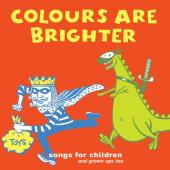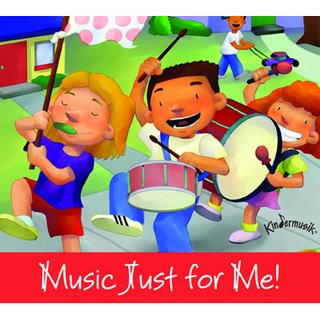The biggest difference between Kindermusik and other music and child development programs ... is in the music. We cross cultures, and countries, and languages. We collect, record, archive and distribute songs that literally have stood the test time. The tunes that were lovingly passed on one from generation to the next, one parent and child at a time, are still as relevant today.
We go to all this trouble collecting this music for a good reason: the children. Exposure to a wide variety of music is good for them. Here's why:
Greater language proficiency—Just as you read a variety of books to expand your child’s vocabulary, exposure to a wide variety of music and sounds expands your child’s “ear vocabulary.” High quality musical recordings and real instruments help your child “fine tune” her ear to recognize and imitate the sounds that make up words and language.
Spatial awareness—When a child listens to music, her mind perceives the sound in multi-dimensional ways. The sound is loud or soft, fast and slow, it moves up and down, and from left to right. Her mind and body work together to be “aware of space” when she walks through the living room and tries not to hit the coffee table. Much later, it’s a necessary skill for learning how to get around things, to jump, run, and move in zig-zag ways.
Temporal reasoning—You hear this skill in action when a preschooler tells a story. He starts with his own experience and then moves to some imagined place with a princess or a superhero then goes back to something real again. Music does the same thing. It goes back and forth between established spaces (the chorus) and to new places that take you somewhere else (the verse). The ability to go back and forth from something established to something imagined comes from temporal reasoning, a skill used in music writing, storytelling, and problem solving.
Emotional intelligence—With exposure to a greater variety of musical styles—like jazz, folk, or classical, this increased exposure to music increases a child’s awareness, and understanding of different moods and emotions.































 Watch as Joshua Bell tells the story behind his stolen violin. Watch a gallery tour of the Collection of Dr. Martin Luther King Jr., or visit the Museum of Modern Art. All part of a new
Watch as Joshua Bell tells the story behind his stolen violin. Watch a gallery tour of the Collection of Dr. Martin Luther King Jr., or visit the Museum of Modern Art. All part of a new 















